Top 10 Healthy High Fat Foods
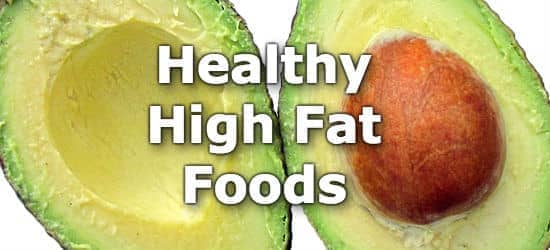
Fat is an essential macronutrient with many important functions. Fats act as building blocks for cell membranes throughout the body, support neurological function, and act as an energy store. They're also necessary for absorbing certain vitamins and other nutrients from food. (1)
Not all fats are created equal. Unsaturated fats, like omega 3 fats, are an essential part of a balanced diet, and have been found to provide heart health benefits. (2) The term “healthy fat” generally refers to unsaturated fats.
Although consumption of saturated fats has previously been associated with health risks, recent research suggests that saturated fats may not be as dangerous as previously believed. (3) Still, because unsaturated fats are associated with significant health benefits while saturated fats are not, unsaturated fats are considered to be a healthier choice.
Healthy high-fat foods include avocados, tofu, nuts, seeds, fish, peanut butter, soybeans, flaxseed oil, cheese, and eggs. The daily value (DV) for fats is 78 grams. (4)
Below are the top 10 healthy high fat foods, for more, also the list of high fat foods to avoid.
List of Healthy High Fat Foods
-
1. Avocados + Add
Fat
per AvocadoFat
per 100gFat
per 200 Calories29g
(38% DV)15g
(19% DV)18g
(23% DV)More Fruits High in Healthy Fats
- 13g (20% DV) per cup of durian
- 2.3g (3% DV) in 5 medium olives
See the ranking of fruits high in fat.
-
 2. Tofu + Add
2. Tofu + Add
Fat
per CupFat
per 100gFat
per 200 Calories22g
(28% DV)9g
(11% DV)12g
(16% DV)- 18g (23% DV) in 1 cup of tempeh
-
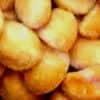 3. Macadamia Nuts + Add
3. Macadamia Nuts + Add
Fat
per 1 Oz HandfulFat
per 100gFat
per 200 Calories22g
(28% DV)76g
(97% DV)21g
(27% DV)More Nuts High in Healthy Fats
- 20g (26% DV) in 1 oz of pecans
- 19g (25% DV) in 1 oz of pine nuts
- 19g (24% DV) in 1 oz of walnuts
See the complete list of nuts and seeds high in fat.
-
 4. Fish (Salmon) + Add
4. Fish (Salmon) + Add
Fat
per 6oz FilletFat
per 100gFat
per 200 Calories21g
(27% DV)12g
(16% DV)12g
(15% DV)More Fish High in Healthy Fats
- 30g (39% DV) in a 6oz mackerel fillet
- 26g (33% DV) in a 5oz herring fillet
- 11g (14% DV) in a 6oz tuna steak
See the list of fish high in fat.
-
 5. Peanut Butter + Add
5. Peanut Butter + Add
Fat
per 2 TblspFat
per 100gFat
per 200 Calories16g
(21% DV)51g
(66% DV)17g
(22% DV)More Nut Butters High in Healthy Fats
- 18g (23% DV) in 2 tblsp of almond butter
- 16g (20% DV) in 2 tblsp on cashew butter
- 16g (20% DV) in 2 tblsp of tahini (sesame seed butter)
-
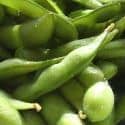 6. Boiled Soybeans (Edamame) + Add
6. Boiled Soybeans (Edamame) + Add
Fat
per CupFat
per 100gFat
per 200 Calories15g
(20% DV)9g
(12% DV)10g
(13% DV)Other than soy, most beans contain very little fat.
-
 7. Flaxseed Oil + Add
7. Flaxseed Oil + Add
Fat
per TblspFat
per 100gFat
per 200 Calories14g
(17% DV)100g
(128% DV)23g
(29% DV)Other healthy oils include canola, avocado, walnut, sesame, and grapeseed. All of which provide 17% DV fat per tbsp.
-
 8. Dark Chocolate (85% Cocoa) + Add
8. Dark Chocolate (85% Cocoa) + Add
Fat
per 1oz SquareFat
per 100gFat
per 200 Calories12g
(16% DV)43g
(55% DV)14g
(18% DV)- A whole 3.5oz bar of dark chocolate contains 42g (54% DV) of fat
- 45-59% dark chocolate contains 9g (11% DV) fat per oz
-
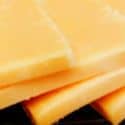 9. Cheddar Cheese + Add
9. Cheddar Cheese + Add
Fat
per OzFat
per 100gFat
per 200 Calories9g
(12% DV)33g
(43% DV)17g
(21% DV)More Healthy Dairy Products High in Fat
- 16g (20% DV) in a 16oz glass of whole milk
- 12g (15% DV) in a tbsp of butter
- 10g (12% DV) in a 16oz glass of low-fat milk
- 8g (10% DV) in a cup of whole yogurt
See all high fat dairy products.
-
 10. Eggs + Add
10. Eggs + Add
Fat
in 1 Large EggFat
per 100gFat
per 200 Calories5g
(7% DV)11g
(14% DV)14g
(18% DV)
Printable One Page Sheet
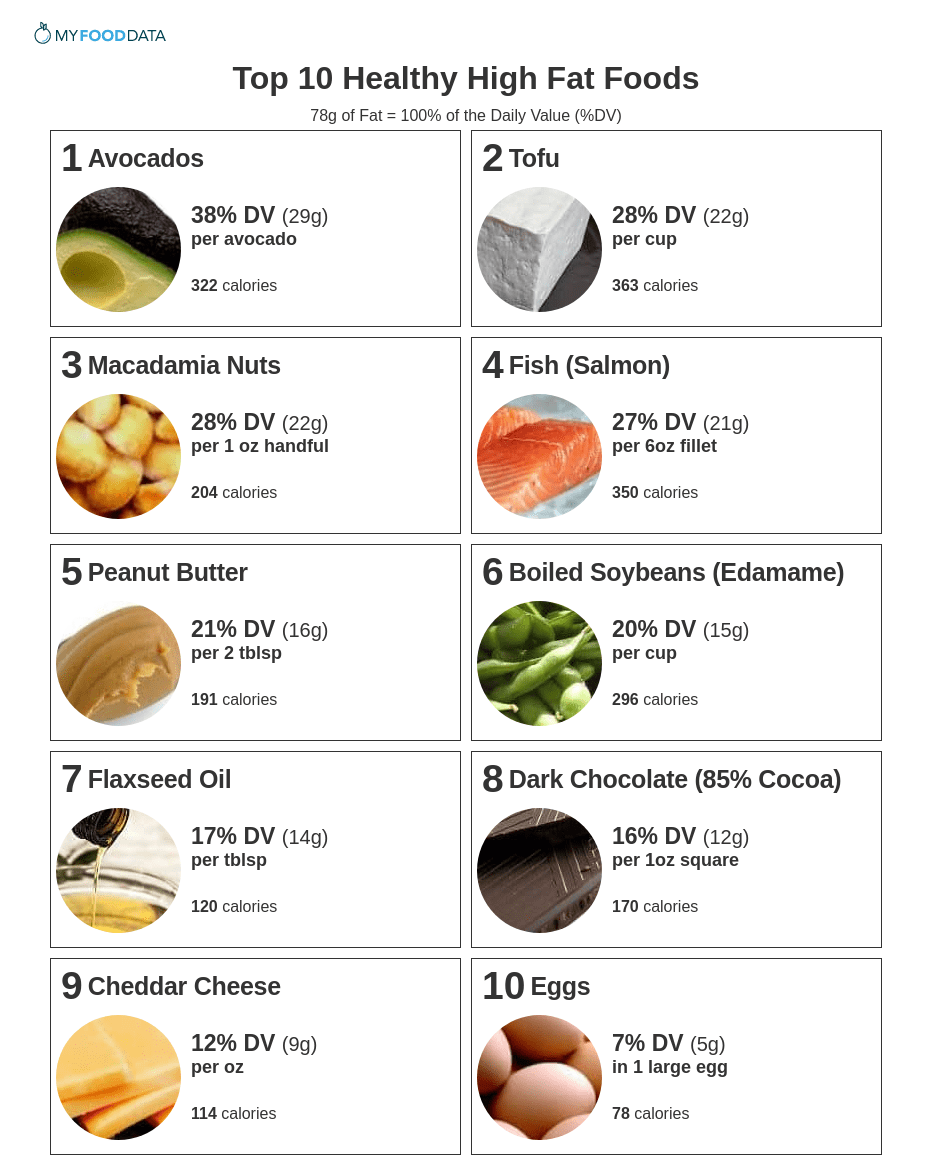
From the Nutrient Ranking Tool
Use the ranking tool links below to select foods and create your own food list to share or print.
- Foods High in Fat
- Foods Low in Fat
- Vegetables High in Fat
- Fruits High in Fat
- Vegetarian Foods High in Fat
- Nuts High in Fat
- Grains High in Fat
- Beans High in Fat
- Dairy High in Fat
- Breakfast Cereals High in Fat
- Fast Foods High in Fat
View more nutrients with the nutrient ranking tool, or see ratios with the nutrient ratio tool.
Related
Data Sources and References
- Alkaade S, Vareedayah AA. Fat digestion and absorption: Normal physiology and pathophysiology of malabsorption, including diagnostic testing Am J Manag Care. 2017 Jul;23(12 Suppl):S203-S209. 28727474
- Zhang J, Cai A, Chen G, Wang X, Cai M, Li H, Nissen SE, Lip GYH, Lin H. Associations of habitual fish oil supplementation with cardiovascular outcomes and all cause mortality: evidence from a large population based cohort study Eur J Prev Cardiol. 2022 Oct 20;29(14):1911-1920. doi: 10.1093/eurjpc/zwac192. 36047058
- Teicholz N. Dietary Saturated Fats and Health: Are the U.S. Guidelines Evidence-Based? Curr Opin Endocrinol Diabetes Obes. 2023 Feb 1;30(1):65-71. doi: 10.1097/MED.0000000000000791. Epub 2022 Dec 8. 36477384
- U.S.FDA - Daily Value on the New Nutrition and Supplement Facts Labels
Simplify Nutrition Tracking with MyFoodData!
Speedy Tools and Detailed Data FREEEasily analyze your meals to find the best foods for your goals.
✅ Use our recipe nutrition calculator and nutrition comparison tool.
✅ Access expert nutrition data tools and in-depth articles.
✅ Log foods and organize your recipes with a free account.


 Next ➞
Next ➞
